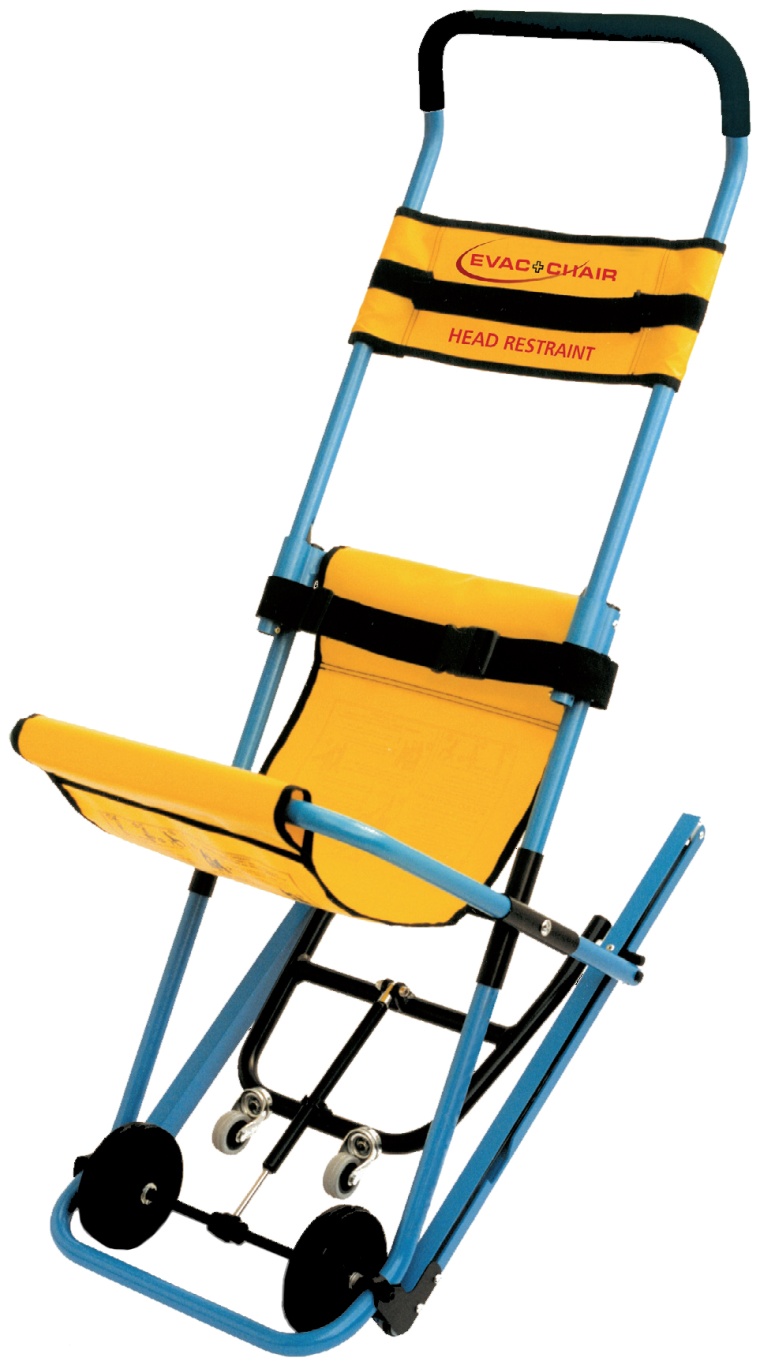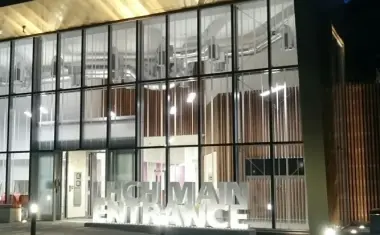Evac+Chair International: an emergency service
Evac+Chair International: an emergency service. “People are better informed about their rights than ever before,” said Barry Scholes, Director of Evac+Chair International Ltd. “Emp...


Evac+Chair International: an emergency service. “People are better informed about their rights than ever before,” said Barry Scholes, Director of Evac+Chair International Ltd. “Employers simply cannot afford to take the risk of not providing the necessary services and assistance to their staff.” These comments were made about the requirement for employers to provide assistance to those with mobility difficulties during an emergency or a building evacuation. The risks to employees of such a failure in the duty of care are evident; but what are the risks to the employer of such a failure in their duty of care?
“In the worst case scenario, don’t rule out corporate manslaughter,” warned Scholes. “And we’re not just looking at a fine, but at the possibility of someone spending time behind bars.” In an incident giving rise to injury or death, the courts will want to know if the situation was foreseeable by a reasonable person, and if any provisions made to tackle such problems cater for the minority interest, such as the disabled.
Who Is at Risk?
When determining your risk, the first thing to realise is that every organisation and every building will have different requirements and pose different challenges. Wheelchair users and the disabled are an obvious source of concern in an emergency situation or when you are planning an evacuation but the number of employees who find stairs a source of difficulty are much higher than you think.
“As many as 10% of the population are at risk ….. Many people can find building evacuation a real challenge: those with sports injuries, blindness, angina, arthritis, asthma… and so on. We are seeing an increasingly elderly workforce. There are 25 million people at work in the UK – therefore 2.5 million are at risk at any one time.”
These numbers can readily be extrapolated to other countries. Visitors and contractors also expect to be provided with a safe method of evacuation. For public buildings, of course, this is an even more pressing issue: while commercial buildings tend to close at 5 pm or shortly thereafter, cinemas, theatres, police stations, hospitals and nursing homes are open 24 hours a day.
Risk Assessments
To determine exactly what challenges and problems you face, and how to solve them, a risk assessment is essential. While employers make provision to allow access to upper floors, far fewer consider the implications of building evacuation when lifts are not accessible. A good start is to identify high-risk areas in your building.
Remember that any problems you identify do not lie with the individuals, but actually lie with the building. Shared occupancy buildings pose potential conflicts of interest. For example, often, the building manager will claim that the tenant on level 7 has the responsibility for providing health and safety for his employers; while the level 7 tenant makes the same claim of the building manager. In reality, both parties are probably liable, and it is important that they both communicate in order to provide a duty of care to the employees working in their building.
Adding Value
The Evac+Chair is designed to allow an adequate means of escape for all visitors and staff during an emergency situation. Operated by just a single able-bodied individual, the chair enables anyone with restricted movement to be moved down stairs and out of the building in a fast and efficient manner. But the Evac+Chair is not just a safety product which an employer can buy to show compliance. It is both a tool and a service.
“People are beginning to realise the value of the service we offer to our customers,” says Scholes. One aspect is Evac+Chair International’s annual maintenance contract, known as Servicare. The Company will visit the client’s establishment once a year to give their chairs a complete and thorough service; it currently services over 10,000 chairs a year.
However, the Evac+Chair only fulfils its potential if employees know how to use it correctly, safely, and feel confident in its use. Evac+Chair International therefore offers competency training, confirming that individuals are capable of using the chair in an emergency situation. This basic level training qualifies the employee to be known as a ‘dedicated escort’, and involves two hours of hands-on training in the practicalities of using Evac+Chair.
Evac+Chair also offers a higher level of training for ‘Key Trainers’. Employees receiving this training are entitled to train other employees in turn; useful for larger organisations. A large high street retail store for example, put 16 people through this training course, so that the information could be shared across each of its branches. Training is usually carried out on site, as it makes sense for employees to learn to use the equipment on their own stairs; although the Evac+Chair is designed to be used on almost any staircase, the physical environment in offices and workplaces can vary substantially.
Are There Alternatives?
Legally, you must make adequate provision for staff with disabilities and mobility problems. This doesn’t just mean providing the right equipment. It means ensuring that the equipment receives the correct maintenance to ensure that it is in good working condition. It means ensuring that employees have received the correct training so that they can use the equipment if the time comes.
Evac+Chair International offers a comprehensive solution to this problem. When Scholes was asked what would happen if people don’t make the necessary provision, his answer was short and to the point, “Get a good lawyer.”
Contact:
Evac+Chair International Ltd.,
Birmingham, United Kingdom
Tel.: +44 6 238 984 6810
Fax: +44 6 238 984 6835
info@evacchair.co.uk
www.evacchair.net
most read

Dormakaba: Smart Access with Spatial Experience
Smart Access at The Henderson Enabled by dormakaba Access Solutions

Liverpool Heart and Chest Hospital Transforms Security with Verkada’s Hybrid Cloud Technology
NHS Trust boosts safety and efficiency with Verkada’s cloud-managed cameras and AI-powered incident response

Airbus Defence and Space: Security as a strategic pillar of Europe's defense capability
Airbus Defence and Space protects sites, technologies and employees with modern security and cyber solutions - strengthening Europe's resilience in uncertain times

Assa Abloy's battery-powered Aperio KL100 secures lockers
Boost workplace security and operational flexibility by securing more than just doors.

Is Your Venue Ready for Martyn’s Law?
Martyn’s Law demands stronger security by 2027. Is your venue prepared to protect and respond?








